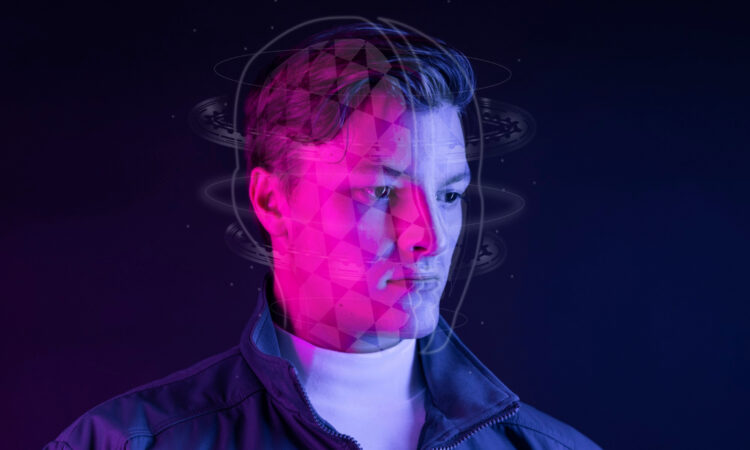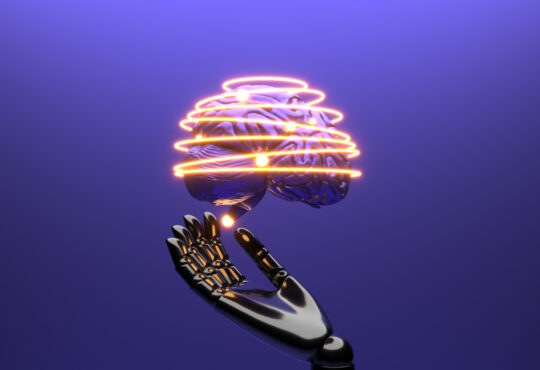Have you ever seen a video where someone is saying or doing things they never actually said or did? Well, that could be a deepfake video. Deepfakes use fancy computer tricks to make fake videos that look real. They can make people’s faces, voices, and actions seem totally convincing, even if they never really happened.
Making deepfake videos has become easier because of lots of data, powerful computers, and smart algorithms. Now, anyone with a phone and internet can create and share these videos for fun or other reasons.
But not all deepfakes are harmless. Some can cause big problems, like spreading lies, invading privacy, and causing legal issues. In this blog post, we’ll talk about the not-so-good side of deepfake videos and look at the cool things they can do for fun and creativity.
The Dark Side of Deepfake Videos
One of the main dangers of deepfake videos is that they can spread misinformation and disinformation, which can influence public opinion, undermine trust, and destabilize society. Deepfake videos can be used to create false or misleading narratives, such as:
Political Implications:
Deepfake videos can be used to change or make up political events, speeches, or scandals. People might use them to try to influence voters, make opponents look bad, or even cause trouble.
For example, in 2018, there was a deepfake video that seemed like former US President Barack Obama was saying mean things about the current President, Donald Trump. But it was actually made by a funny guy named Jordan Peele. He used his own voice and computer tricks to make it look like Obama was saying stuff he never really said. Jordan Peele did it to show how deepfake tech can be dangerous, but it also proved how easy it is to use it for not-so-nice reasons.
Impersonation Risks:
Deepfake videos can also be used to pretend to be someone else or to threaten people. This might happen to famous people like actors, politicians, or even regular folks. The videos can make it look like they’re saying or doing things they never really did.
For instance, in 2017, there was a deepfake video of actress Gal Gadot that made it seem like she was in an inappropriate scene. Someone made this video using AI to replace Gadot’s face with a porn actress’s face. The video was shared a lot and got a lot of criticism because it invaded Gadot’s privacy and dignity. It also could have hurt her reputation and job.
Another problem with deepfake videos is that they can be a danger to personal privacy and safety. They might show or use private information in a way that’s not okay.
Identity Theft:
Deepfake videos can also be used to pretend to be someone else and do sneaky things with their identity. This can involve making fake documents, like passports or IDs, or faking important info like fingerprints or facial recognition.
For instance, in 2019, there was a deepfake video of a CEO from a UK energy company. In the video, it looked like he was approving a fake payment of $243,000 to a supplier in Hungary. But the video was actually made by scammers. They used AI to copy the CEO’s voice and looks and then tricked one of his employees into making the payment. It was all part of a tricky plan that took advantage of the trust people had in the CEO.
Privacy Invasion
Deepfake videos can also be used to sneak into someone’s private life and share personal things, like secrets, medical info, or details about relationships. In 2020, there was an app called DeepNude that showed up. It said it could take any woman’s photo and make a fake naked picture of her. But the person who made the app did it without asking or telling the woman. They used AI to create these fake nude images, and it caused a lot of problems. People didn’t like it because it invaded the privacy and consent of women and could be used for harassment and abuse. So, the app got a lot of criticism and got banned.
Ethical Challenges of Deepfake
Another problem with deepfake videos is that they can cause legal and ethical issues. It’s tricky to control or regulate them because they can be made, shared, and watched online without any checks or responsibility. Right now, there aren’t clear and consistent laws or rules about making or using deepfake videos. The existing ones might not be good enough to handle the new challenges and issues that come with this technology.
For instance, in 2019, there was a deepfake video of Facebook CEO Mark Zuckerberg. It made it seem like he was bragging about having a lot of power over people’s data. But it turned out some artists made the video using AI to change Zuckerberg’s speech and expression. They put it on Instagram, which is owned by Facebook. The video was meant to be a joke and criticism of Facebook, but it also made people wonder about the responsibility of social media platforms to control or remove deepfake stuff.
The Bright Potential of Deepfake Videos
Even though deepfake videos have some bad things about them, there’s also a good side to this technology. It has the potential to bring new and exciting forms of entertainment and creativity. Deepfake videos can lead to positive and helpful results.
In the world of entertainment and creativity, like in movies or TV shows, games, and virtual experiences, deepfake videos can be used to make things even more awesome. They can help create or make better visual effects, animations, characters, and stories. So, there’s a chance for deepfake tech to bring some cool advancements in these industries.
Film and Television Industry:
Deepfake videos can be used to make things in movies look real and diverse. This can open up new ways to make films more interesting.
For instance, in 2019, there was a deepfake video of actor Tom Cruise pretending to be Iron Man from Marvel. A fan used AI to put Tom Cruise’s face on Robert Downey Jr.’s body and had him say some famous Iron Man lines. It was meant to be a fun experiment and a way to show admiration, but it also showed how deepfake tech could be used to imagine different actors playing roles or even bring back actors who can’t be in movies anymore.
Gaming and Virtual Experiences:
Deepfake videos can also make gaming and virtual experiences more exciting and interactive. In 2020, there was an app called Reface that showed up. This app lets people switch their faces with celebrities, characters, or even animals and make their own videos or gifs. The company behind the app used AI to make these face swaps look really real so users could feel like they were part of their favorite movies, shows, or games. The app was meant to be a fun and entertaining tool, but it also highlighted how deepfake tech can create personalized and customized gaming and virtual experiences, making users enjoy and have more fun.
Advancements in Technology and AI Research
Deepfake videos can also be used to advance or improve the technology and AI research fields. DeepBrain AI is also improving this tech by pushing the boundaries and challenges of artificial intelligence.
Computer Vision:
Deepfake videos can also be useful in improving the field of computer vision, which is a part of AI that works on understanding visual information like images or videos. Deepfake videos can help by creating or adding to datasets, models, or algorithms. This, in turn, can make computer vision tasks, like recognizing faces, more accurate.
Natural Language Processing:
Deepfake videos can also help improve the field of natural language processing, which is a part of AI dealing with understanding and generating natural language data, like text or speech. Deepfake videos can play a role in creating or adding to datasets, models, or algorithms, making natural language processing tasks, such as making speech or translating languages, better.
Conclusion
Deepfake videos bring both good and bad impacts, depending on how people make and use them. On the one hand, they can be a big problem, spreading wrong information, invading privacy, and causing legal issues. On the flip side, they can also be a cool thing, making entertainment better, boosting creativity, and helping with technology and AI research.
So, it’s crucial to use and make deepfake videos in a responsible and ethical way, finding a balance between the risks and benefits. Here are a few ways to do that:
Educating the Public: Teach people about deepfake videos, what they are, and how to spot them.
Setting Rules: Create rules and standards to protect the rights of people in the videos and those watching them.
Supporting Innovations: Encourage researchers and developers to make better quality videos and improve how we can find out if something is a deepfake.
Deepfake videos can change how we see and understand the world. They can push us to think and create in new ways. So, it’s in our hands to decide how to use this technology wisely.






